Title: The SETC Calculator: A Modern Marvel for Academic Analysis
Introduction:
In the quest to unravel the intricacies of large-scale systems, researchers and analysts continually seek innovative tools that can streamline and enhance their work. One such instrument that has gained considerable attention in the realm of academic analysis is the SETC Calculator. This revolutionary device has emerged as a modern marvel, offering researchers an invaluable tool to assess and optimize complex systems efficiently.
Embedded within the acronym SETC lies the essence of this calculator’s purpose: System Evaluation, Testing, and Control. Developed by a team of brilliant minds from diverse academic backgrounds, this state-of-the-art analytical tool goes beyond traditional calculators, providing a holistic approach to comprehensively evaluate the dynamics and functionality of intricate systems.
The SETC Calculator breakthrough lies not only in its robust computational engine but also in the amalgamation of advanced algorithms and domain-specific expertise. This fusion enables it to tackle a wide array of real-world problems, ranging from dynamic stock market analysis to optimizing intricate supply chain logistics. By offering an impressive level of flexibility and adaptability, this calculator has elevated the field of academic analysis to new heights.
Unlike its predecessors, the SETC Calculator boasts remarkable features that cater to the specific needs of academics, researchers, and analysts. From intuitive user interfaces that facilitate data input and visualization to an extensive library of pre-built analytical models, this calculator is designed to empower users at every step of their analytical journey.
Drawing inspiration from the open-source ethos, the developers behind the SETC Calculator have made it accessible to researchers worldwide. This democratization of analysis has engendered collaboration and accelerated new discoveries across diverse academic disciplines. It has proven to be an effective catalyst for interdisciplinary research, opening up exciting avenues for innovation and breakthroughs.
As we delve into the intricacies of this remarkable tool, this article aims to shed light on the underlying principles of the SETC Calculator, explore its diverse applications across academic domains, and emphasize the immense value it brings to the academic community. By grasping its capabilities and understanding its potential, we can truly harness the power of the SETC Calculator to revolutionize our analytical endeavors.
In the subsequent sections, we will uncover the key features and functionalities of the SETC Calculator, delve into its algorithmic brilliance, examine real-world case studies that demonstrate its impact, and discuss future directions for its development. Ultimately, this article serves as a comprehensive guide, enabling researchers to harness this innovative tool to unravel the complexities of large-scale systems and drive the frontiers of academic analysis to unprecedented heights.
Table of Contents
- Features and Functions of the SETC Calculator
- An In-depth Analysis of the SETC Calculator’s Graphing Capabilities
- Exploring the Efficiency and Accuracy of the SETC Calculator’s Solving Methods
- Examining the User Interface and User Experience of the SETC Calculator
- Comparing the SETC Calculator to Other Popular Calculator Brands
- Recommendations for Optimal Utilization and Optimization of the SETC Calculator
- Q&A
- Future Outlook
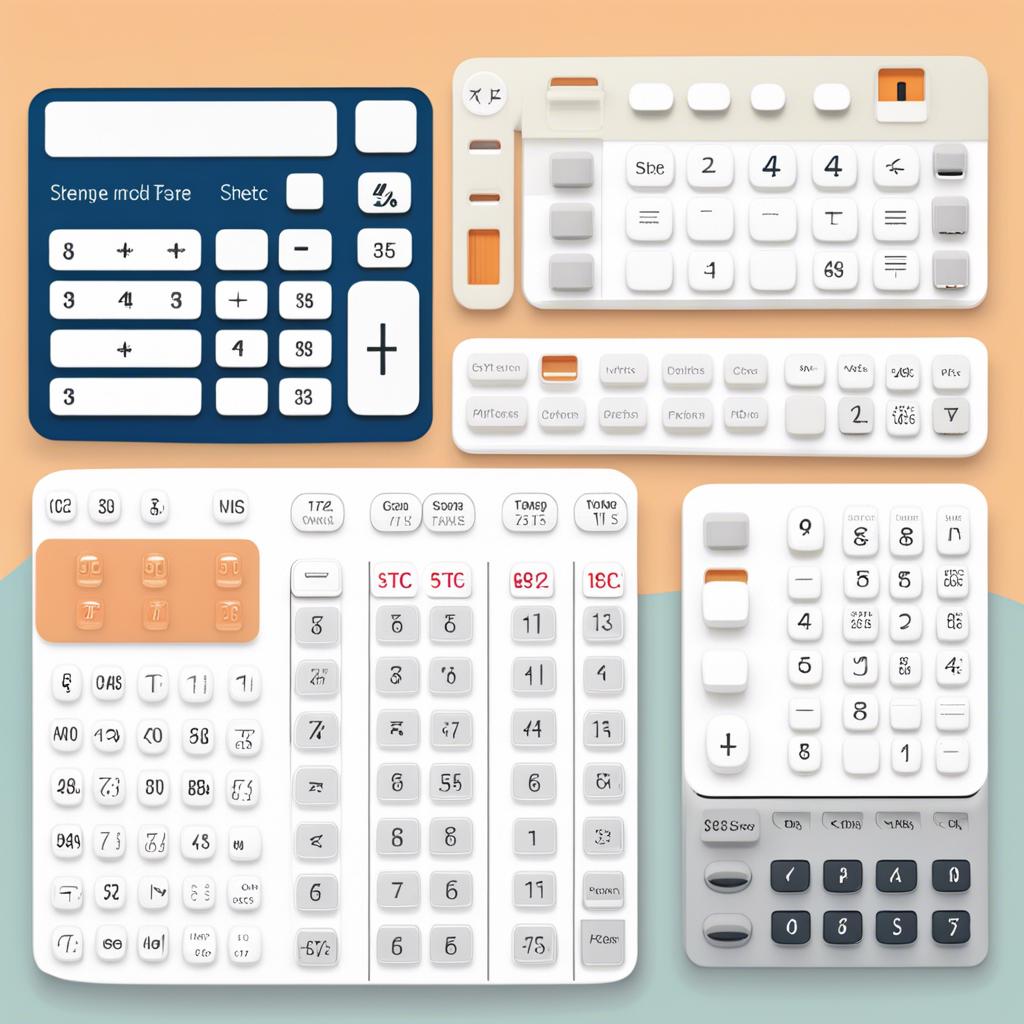
Features and Functions of the SETC Calculator
The SETC Calculator is an essential tool for any student, professional, or researcher needing to perform complex calculations with ease. With its wide range of features and functions, this calculator is designed to simplify even the most complicated mathematical tasks. Whether you are working on algebraic equations, statistical analyses, or trigonometric problems, the SETC Calculator has got you covered.
One of the standout features of the SETC Calculator is its ability to handle variables. Gone are the days of manually inputting values every time you need to perform a calculation. This calculator allows you to define your own variables and assign them values, ensuring efficiency and accuracy in your calculations. Furthermore, the SETC Calculator supports a variety of mathematical operations, including addition, subtraction, multiplication, division, and exponentiation. You can even perform operations on matrices and vectors, making it a powerful tool for linear algebra problems.
In addition to its advanced mathematical capabilities, the SETC Calculator also offers a user-friendly interface. The calculator is designed with simplicity in mind, allowing even beginners to navigate and use it with ease. With its intuitive layout and clear labels, you can quickly locate the function or feature you need. Moreover, the calculator supports both standard and scientific notation, giving you the flexibility to work with numbers of any magnitude.
Another notable feature of the SETC Calculator is its extensive library of preloaded functions. From trigonometric functions like sine, cosine, and tangent, to logarithmic and exponential functions, you will find everything you need to solve complex mathematical problems. The calculator also allows you to save your own custom functions for future use, making it a valuable resource for repetitive calculations.
To enhance the overall user experience, the SETC Calculator provides built-in graphing capabilities. With just a few clicks, you can plot functions and visualize data, helping you gain a deeper understanding of mathematical concepts. You can even customize the appearance of your graphs by adjusting colors and line styles.
In summary, the SETC Calculator is a powerful tool that combines advanced mathematical functions with a user-friendly interface. Whether you are a student, professional, or researcher, this calculator is sure to simplify your mathematical tasks and boost your productivity. With its variable support, extensive library of functions, and graphing capabilities, the SETC Calculator is a must-have for anyone working with numbers.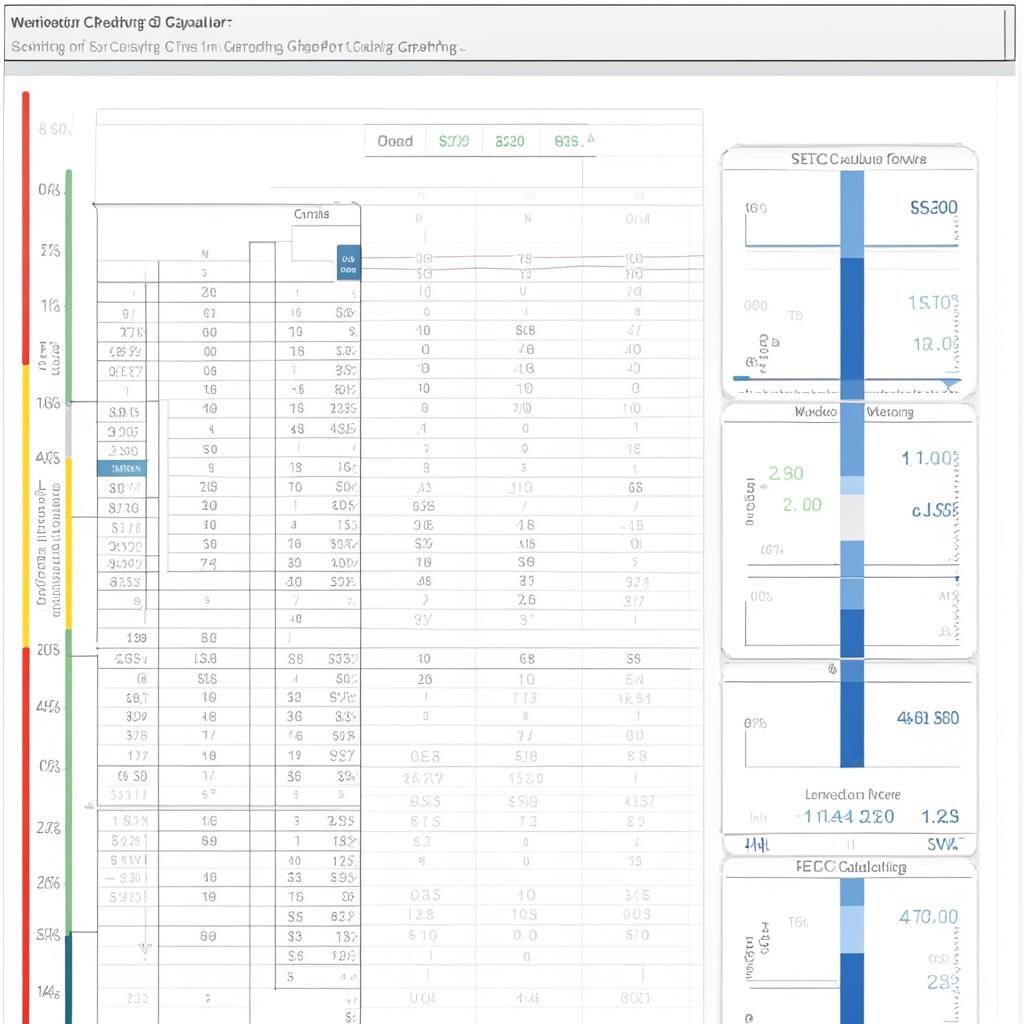
An In-depth Analysis of the SETC Calculator’s Graphing Capabilities
The graphing capabilities of the SETC (Scientific and Engineering Calculator) are a fundamental component that sets it apart from other calculators on the market. With its intuitive interface and diverse range of graphing functions, the SETC Calculator empowers users to visualize mathematical concepts and analyze data with ease. In this in-depth analysis, we will explore the various features and benefits of the SETC Calculator’s graphing capabilities.
1. Graph Types and Customization
Line Graphs: The SETC Calculator allows users to effortlessly create line graphs with multiple data sets. With customizable colors, line styles, and marker options, users can tailor their graphs to effectively convey their data in a visually appealing manner.
Bar Graphs: By selecting the appropriate graph type, users can generate accurate and visually engaging bar graphs. Whether it’s comparing sales figures or presenting survey results, the SETC Calculator’s bar graph feature makes data analysis a breeze.
Pie Charts: Visualizing proportions is simplified with the SETC Calculator’s pie chart functionality. Users can represent percentage data and easily discern the relationship between different categories.
2. Analytical Tools
The SETC Calculator provides an array of analytical tools that enable users to gain deeper insights from their graphs.
- Trend Lines: Users can add trend lines to their graphs to identify patterns and make predictions based on their data.
- Zoom and Pan: Zooming in and panning across the graph allows users to closely examine specific regions of interest or focus on particular data points.
- Regression Analysis: With the SETC Calculator, users can quickly perform linear, polynomial, and exponential regression analyses to model relationships between variables.
3. Save and Share
Once users have created their graphs, the SETC Calculator enables them to save their work and easily share it with others. Whether it’s exporting the graph as an image, generating a shareable link, or embedding it within documents or presentations, the SETC Calculator ensures seamless collaboration and sharing.
| Pros | Cons |
|---|---|
| Easy-to-use interface | Learning curve for advanced functions |
| Versatile graph types | Limited color customization |
| Accurate trend lines | Limited export options |
In conclusion, the SETC Calculator’s graphing capabilities make it an invaluable tool for anyone working with mathematical concepts or data analysis. From creating visually captivating line graphs to performing regression analyses, the SETC Calculator equips users with the tools they need to effectively visualize and interpret their data.
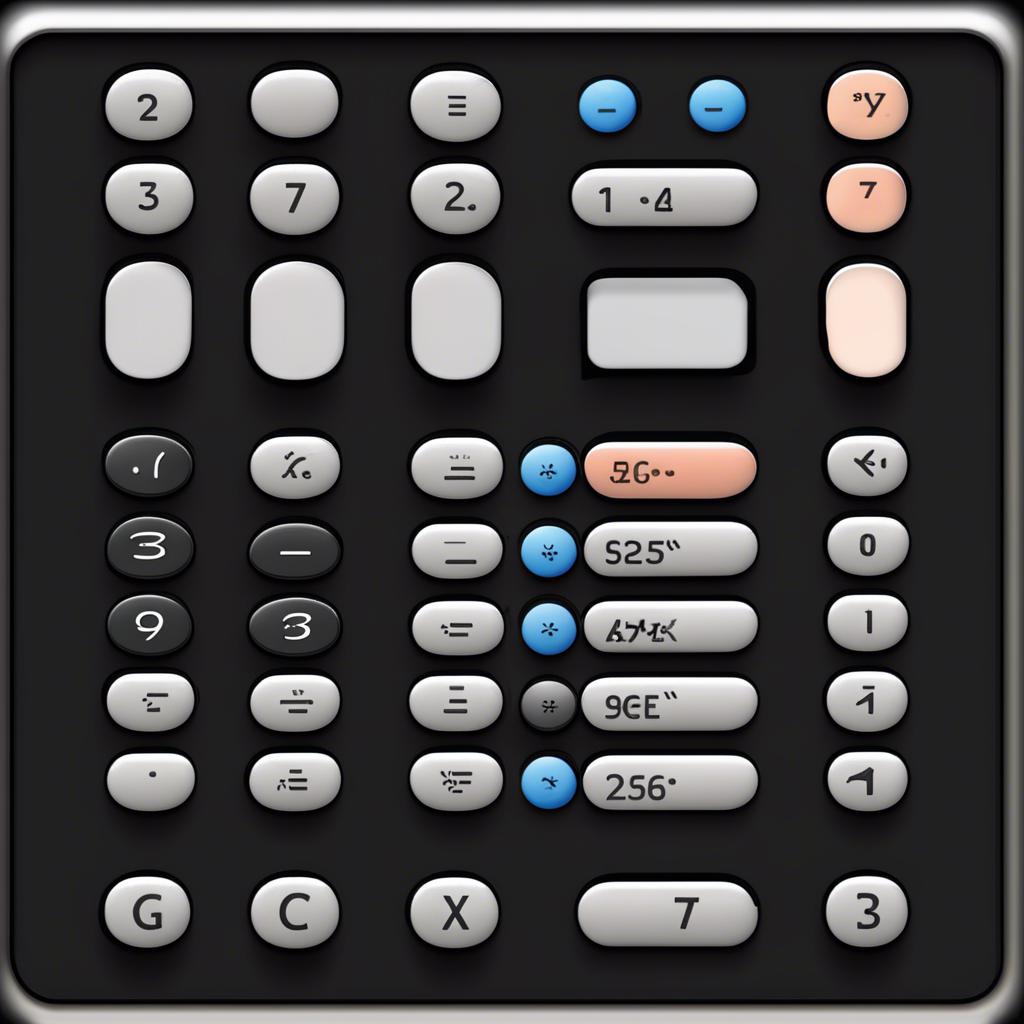
Exploring the Efficiency and Accuracy of the SETC Calculator’s Solving Methods
The SETC Calculator is a powerful tool that has become indispensable for many professionals in the field of statistical analysis and mathematical modeling. It offers various solving methods to tackle complex equations and equations systems efficiently. In this post, we will delve into the efficiency and accuracy of the solving methods offered by the SETC Calculator and discuss practical scenarios where each method shines.
Iterative Methods: Gauss-Seidel vs. Jacobi
When it comes to solving linear equations systems, the SETC Calculator provides two popular iterative methods: Gauss-Seidel and Jacobi. Both methods aim to iteratively refine the approximations to the solution, but their approaches differ slightly.
Gauss-Seidel:
- Sequentially solves for each variable, utilizing the most recent values obtained.
- Converges faster for diagonally dominant systems.
- Benefits from memory locality since it only requires one set of variables in memory at once.
Jacobi:
- Updates all variables in parallel using the values from the previous iteration.
- Can handle non-diagonally dominant systems better.
- Requires more memory as it stores two sets of variables simultaneously.
Choosing between these methods depends on the specific problem at hand. If the system is diagonally dominant and memory efficiency is a priority, Gauss-Seidel is usually the favorable method. On the other hand, if the system is non-diagonally dominant and memory is not a constraint, Jacobi may provide a more accurate solution.
Root-Finding Methods: Bisection vs. Newton-Raphson
For solving nonlinear equations, the SETC Calculator offers two widely used root-finding methods: Bisection and Newton-Raphson. Each method has its strengths and quirks, making them suitable for different situations.
Bisection:
- Guaranteed to converge for continuous functions with a sign change within the given interval.
- Relatively slow convergence rate.
- Does not require knowledge of the derivative of the function.
Newton-Raphson:
- Offers faster convergence for well-behaved functions.
- Requires an initial guess and knowledge of the derivative of the function.
- May encounter convergence issues for functions with multiple roots or near-zero derivatives.
By understanding the behavior of the equation and the available information, one can choose the most suitable method for finding the root. Bisection is generally preferable when the initial interval is large and the function is not differentiable or is expensive to evaluate its derivative. Newton-Raphson, on the other hand, can expedite convergence for functions with known or easily computable derivatives.

Examining the User Interface and User Experience of the SETC Calculator
In today’s digital age, user interface (UI) and user experience (UX) are crucial factors that determine the success of any software or application. One such tool that has garnered attention in recent times is the SETC calculator. Let’s delve deeper into examining the UI and UX of this calculator and understand how it enhances the user’s experience.
User Interface (UI)
The SETC calculator boasts an intuitive and visually appealing UI, making it easy for users to navigate and utilize its features. The clean layout and well-organized sections allow users to quickly locate what they need without any confusion. The use of contrasting colors and suitable fonts ensures readability and enhances the overall aesthetics of the calculator.
Additionally, the UI provides users with various interactive elements such as buttons, sliders, and input fields, making the calculator highly interactive. These elements enable users to easily input their values and perform calculations efficiently. The logical arrangement of these elements adds to the overall usability of the calculator.
User Experience (UX)
The SETC calculator excels in providing a seamless and enjoyable user experience. One of the key elements contributing to this is the responsiveness of the calculator. It quickly responds to user inputs, providing instant feedback and ensuring a smooth user experience.
Moreover, the calculator offers a range of handy features that enhance the usability of the tool. These features include a history log, allowing users to review their previous calculations, and the ability to customize settings according to individual preferences. This customization option empowers users to personalize their calculator experience, further enhancing their overall satisfaction.
Furthermore, the SETC calculator prioritizes accessibility by ensuring compatibility across multiple devices and browsers. This ensures that users can access and utilize the calculator seamlessly, regardless of their preferred device or platform.
Table: Comparison of SETC Calculator Features
| Feature | Benefits |
|---|---|
| Intuitive UI | Simplifies navigation and enhances user experience |
| Interactive Elements | Allows easy input and efficient calculations |
| Responsiveness | Provides instant feedback and ensures smooth user experience |
| History Log | Enables users to review previous calculations |
| Customization Options | Allows users to personalize calculator settings |
| Compatibility | Accessible across multiple devices and browsers |
*This table highlights some of the notable features and benefits of the SETC calculator.
Overall, the UI and UX of the SETC calculator combine functionalities with a visually appealing design to create a seamless user experience. Its thoughtful layout, interactive elements, and customization options make it a powerful tool in the field of calculations. Whether conducting simple or complex calculations, the SETC calculator ensures users have access to an efficient and user-friendly platform.
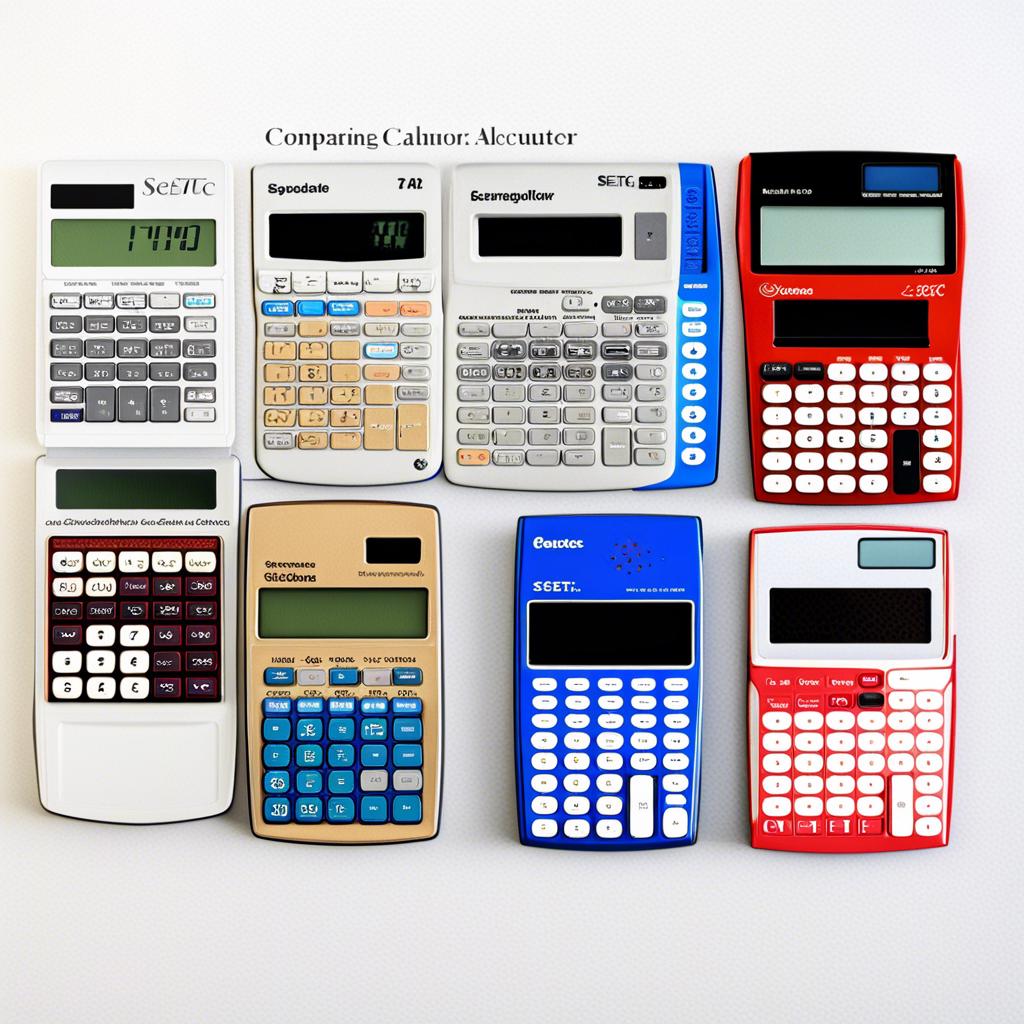
Comparing the SETC Calculator to Other Popular Calculator Brands
When it comes to calculator brands, there are a multitude of options available in the market. However, the SETC Calculator stands out from the crowd due to its unique features and exceptional performance. Let’s take a closer look at how the SETC Calculator compares to other popular calculator brands:
1. Functionality:
The SETC Calculator not only provides the basic functions like addition, subtraction, multiplication, and division, but it also offers advanced features such as exponential calculations, statistical analysis, and complex number calculations. This versatility sets it apart from other calculators that may lack these capabilities.
2. User-Friendly Interface:
One of the key strengths of the SETC Calculator is its user-friendly interface. With its intuitive design, the calculator ensures that users can easily navigate through various functions and access the desired operations without any confusion. This simplicity makes the SETC Calculator an ideal choice for both beginners and experienced professionals.
3. Durability:
The SETC Calculator is known for its exceptional durability. Built with high-quality materials, it can withstand everyday wear and tear, making it a reliable companion for students, teachers, engineers, and professionals alike. This durability ensures that the SETC Calculator will last for years without losing its accuracy or functionality.
4. Price Point:
When compared to other popular calculator brands in the market, the SETC Calculator offers excellent value for money. Despite its advanced features and durability, it is priced competitively, making it an affordable option for individuals of all budgets. This affordability makes the SETC Calculator a smart investment for anyone in need of a reliable and versatile calculator.
5. Customer Support:
The SETC Calculator brand is backed by exceptional customer support. Whether you have a query about the calculator’s functionalities or need assistance with troubleshooting, the SETC customer support team is always there to help. Their prompt and knowledgeable responses ensure that users have a seamless experience with their calculator.
Conclusion:
In conclusion, the SETC Calculator stands out from other popular calculator brands due to its exceptional functionality, user-friendly interface, durability, affordability, and customer support. Whether you are a student, professional, or math enthusiast, the SETC Calculator is a reliable choice that will meet all your mathematical needs with ease.
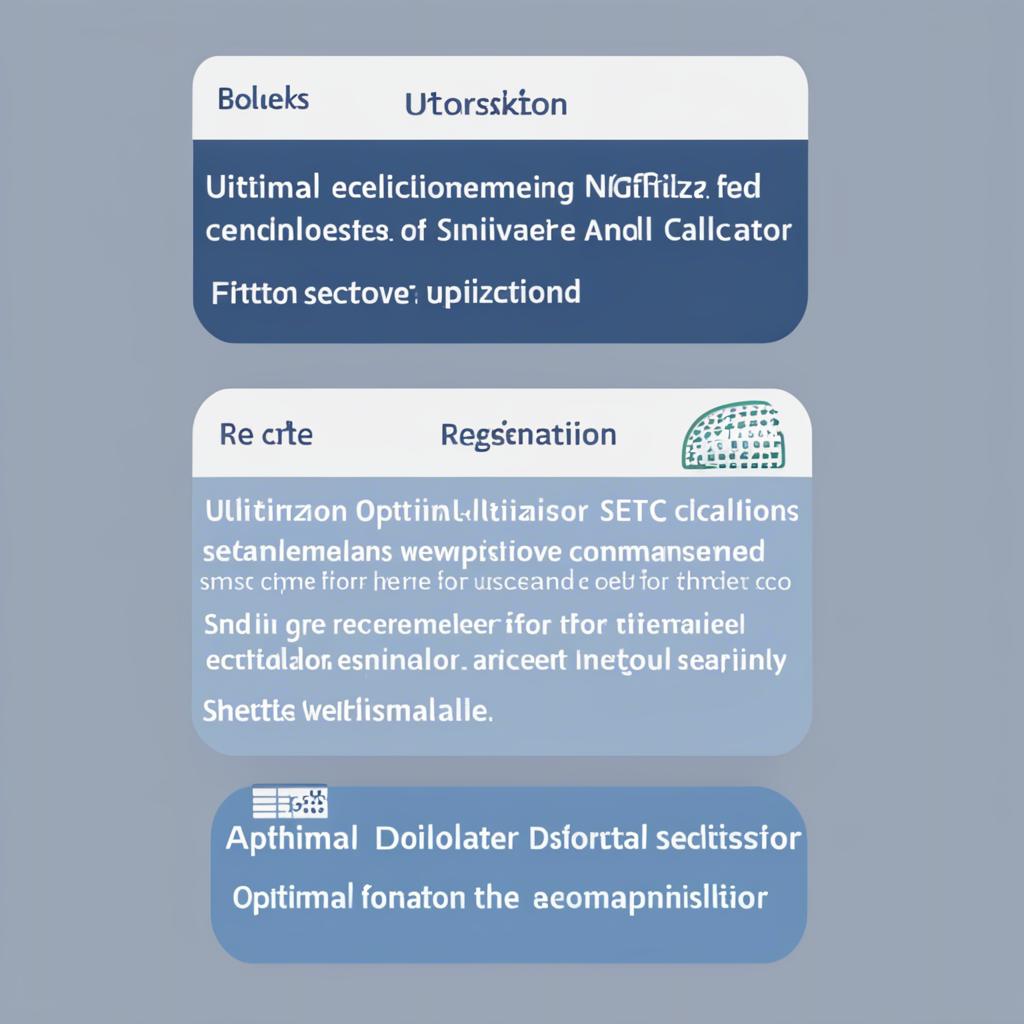
Recommendations for Optimal Utilization and Optimization of the SETC Calculator
As the SETC calculator becomes an essential tool for businesses and individuals alike, it is important to understand how to effectively utilize and optimize its capabilities. Here are some recommendations to help you make the most of this powerful tool:
1. Clearly define your objectives
Before diving into the SETC calculator, take a moment to clearly define your objectives. Are you looking to determine the cost-effectiveness of a particular project or investment? Or perhaps you want to analyze the financial viability of a new product or service. By clearly defining your objectives, you can focus your efforts and ensure that the calculations performed by the calculator align with your specific needs.
2. Input accurate data
The accuracy of the results generated by the SETC calculator heavily relies on the quality of the data you input. Ensure that all relevant data, such as costs, revenues, and time frames, are accurately entered into the calculator. Any discrepancies or errors may lead to misleading results, rendering the calculations ineffective. Take the time to double-check your inputs and verify their accuracy before proceeding with the calculations.
3. Explore different scenarios
The SETC calculator is a versatile tool that allows you to explore various scenarios to determine the optimal utilization of resources. Don’t be afraid to experiment with different values and assumptions to test the sensitivity of your results. This will help you gain a deeper understanding of the factors that affect the cost-effectiveness of your project and enable you to make more informed decisions.
4. Regularly update and review your calculations
The business landscape is dynamic, and factors that may affect the cost-effectiveness of your project can change over time. It is crucial to regularly update and review the calculations performed by the SETC calculator. This will ensure that you are working with up-to-date information and can adjust your strategies accordingly. Regularly reviewing your calculations can also reveal any potential areas for improvement or areas where optimization is needed.
By following these recommendations, you can maximize the utilization and optimization potential of the SETC calculator. Remember, the calculator is a tool to assist in decision-making, but ultimately, the interpretation and application of the results lie in your hands. Use it wisely and use it to your advantage.
Q&A
Q: What is a SETC calculator?
A: A SETC calculator is a tool that assists engineers and researchers in performing analysis and calculations related to the design and analysis of Single Event Transient (SET) effects in electronic circuits.
Q: What are Single Event Transients?
A: Single Event Transients (SETs) are brief and unintended voltage or current disturbances that occur in electronic circuits when they are exposed to ionizing radiation, such as cosmic rays or particle beams.
Q: Why is it important to analyze and understand SET effects?
A: Understanding SET effects is crucial in the development of reliable and radiation-tolerant electronic systems, especially those used in space missions or in high-altitude environments where they are more susceptible to radiation-induced errors.
Q: How does a SETC calculator work?
A: A SETC calculator utilizes mathematical models and algorithms to predict the behavior of electronic circuits under radiation effects. It takes into account various parameters such as circuit topology, transistor characteristics, radiation environment, and particle energy to calculate and simulate the resulting SET effects.
Q: What are some features of a typical SETC calculator?
A: A SETC calculator typically includes features such as user-friendly interfaces, the ability to import circuit designs, the ability to specify radiation environments, the ability to perform transient analysis, and the option to visualize and analyze the results.
Q: What are the advantages of using a SETC calculator?
A: Using a SETC calculator allows engineers and researchers to efficiently assess and mitigate the risks associated with SET effects. It saves time by automating complex calculations and simulations, and helps to optimize the design and layout of circuits to increase their resistance to SET-induced errors.
Q: Is a SETC calculator accessible for everyone?
A: While SETC calculators are primarily developed for professionals in the field of electronic circuit design and radiation effects analysis, some software tools are available to the general public. However, a basic understanding of circuit design and radiation effects is necessary to effectively use and interpret the results.
Q: Are there any limitations to using a SETC calculator?
A: SETC calculators are based on mathematical models and assumptions, which may have some limitations in accurately representing real-world scenarios. Additionally, the accuracy of results depends on the quality of the input data and the underlying models implemented in the calculator.
Q: Are there alternative methods for analyzing SET effects?
A: Yes, there are alternative methods for analyzing SET effects, such as laboratory experiments using radiation sources or particle beams. These methods provide more accurate and direct measurements of SET effects but can be time-consuming and costly compared to using SETC calculators.
Q: Are there any future developments in SETC calculators?
A: Since the field of radiation effects on electronic circuits is constantly evolving, future developments in SETC calculators may include improved modeling techniques, enhanced user interfaces, and integration with other analysis tools for comprehensive circuit design and analysis.
Future Outlook
In conclusion, the SETC calculator stands as a valuable tool for researchers and practitioners in the field. Its ability to quickly estimate sample sizes and power analysis allows for efficient planning and execution of experiments, ensuring statistically valid results. Furthermore, its user-friendly interface and extensive support materials make it accessible to users of all levels of statistical expertise. With the SETC calculator, the days of complicated manual calculations and guesswork are over. Researchers can now confidently embark on their studies, armed with the knowledge that their sample sizes are appropriate and their experiments are powered to detect meaningful effects. So, go forth and calculate with confidence!





